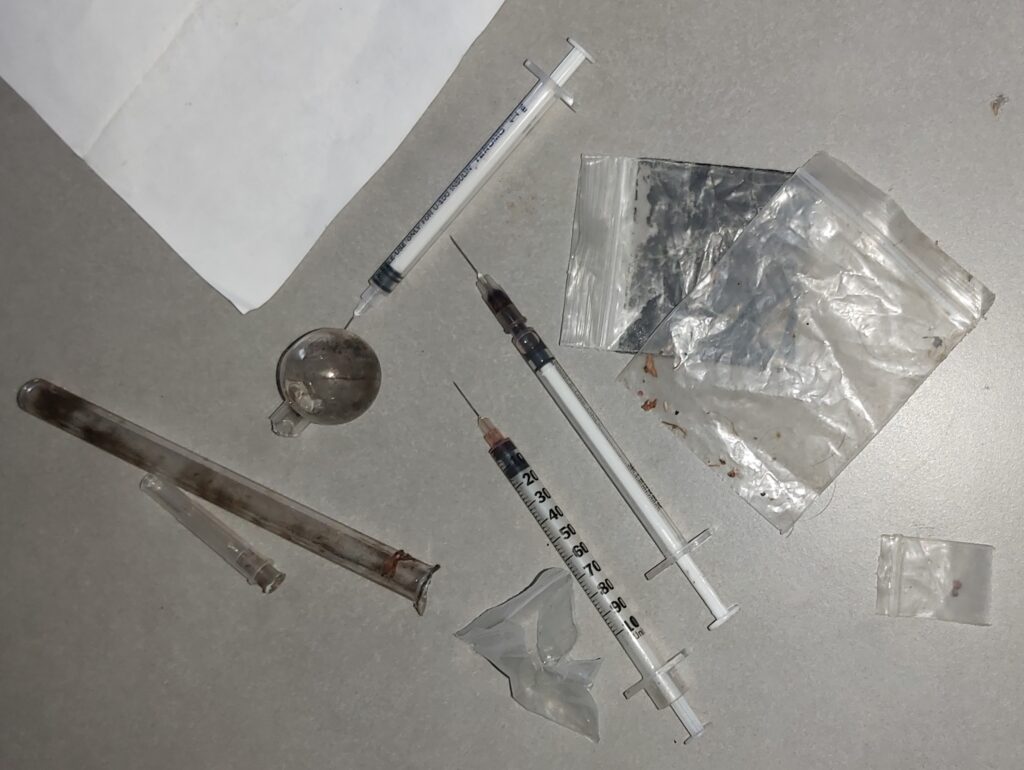
We know that when a meth habit becomes entrenched, the need to feed the habit dominates a person’s behaviour. When a meth user’s day job/benefit no longer provides enough income to feed the habit a user can quit, moderate their use or engage in illegal, often devastatingly harmful, activity.
Illegal activity will include dealing, stealing, prostituting themselves or others they have control over (this includes children), allowing meth to be manufactured in the property they occupy or making meth themselves.
The misery that sits alongside these challenges is enormous. While harm directly affects the user, the effects of meth mean it’s impact often does not register. So, the burden of misery is felt most by whanau, who are powerless to act, and the communicates within which they illegal activity takes place.
Government policy on consequence
While it is known experiencing consequence can support behaviour change, in recent years, Government policy on drug use has focused reducing consequence for drug users. The rational appears to be that consequences are harmful. Therefore, removing consequences reduces harm.
But does removal of consequences actually reduce harm?
Economic harm associated with government policy on meth use
Where meth contamination in property is concerned, the level of meth contamination identified in testing (and used to trigger consequences) is directly related to the amount of meth related behaviour that occurs. The more meth related behaviour, the greater the cost involved in reaching that level of contamination. The more money spent on the meth habit. The greater the cost the more harmful behaviour.
ESR have developed a Meth Calculator to help estimate the amount of smoked doses of meth needed to achieve a level of contamination based on room size. Using the assumptions on meth purchase costs included in the National Drugs in Wastewater Testing Programme, it is possible to calculate the impact of government policy where meth contamination of property is concerned.
The level recommended in the NZ Standard, 1.5µg/100cm2, is in line with international precedent when it comes to protecting the health, wellbeing of property occupants and owners. At 15µg/100cm2, the level adopted by a range of government agencies, starting in May 2018, it 10 times what sat in the NZ Standard. It is 30 times higher than what is concerned acceptable in Australia.
x10 acceptable meth level = x10 economic cost to the user
It is known consequence can be used to motivate behaviour change. If a standard sized lounge/kitchen area for a rental property is between 18 and 21m2, the difference in economic harm to the user before consequence can be applied is a shift from between $1,520 and $3,240 to $15,112 and $32,240. The difference in cost relates to the volumes in which drugs are purchased.
The differences between those two sets of numbers, is enormous. Government policy prioritises the need of drug users to have a roof over their heads. It makes no provision for professional support to motivate behaviour change. The shift in emphasis means the costs/debts incurred by drug users go from hundreds to tens of thousands of dollars.
Meth use policy failure
The longer and more entrenched a meth habit becomes, not only does it cost the user more, it also increases the level of risk in how meth is used. Use rates increase. Smoking turns to injecting. Direct harm to the user increases.
Taking a narrow view on the frameworks used to determine policy, mean meth related misery is being reinforced by government policy.
Time for a change?

